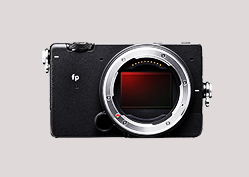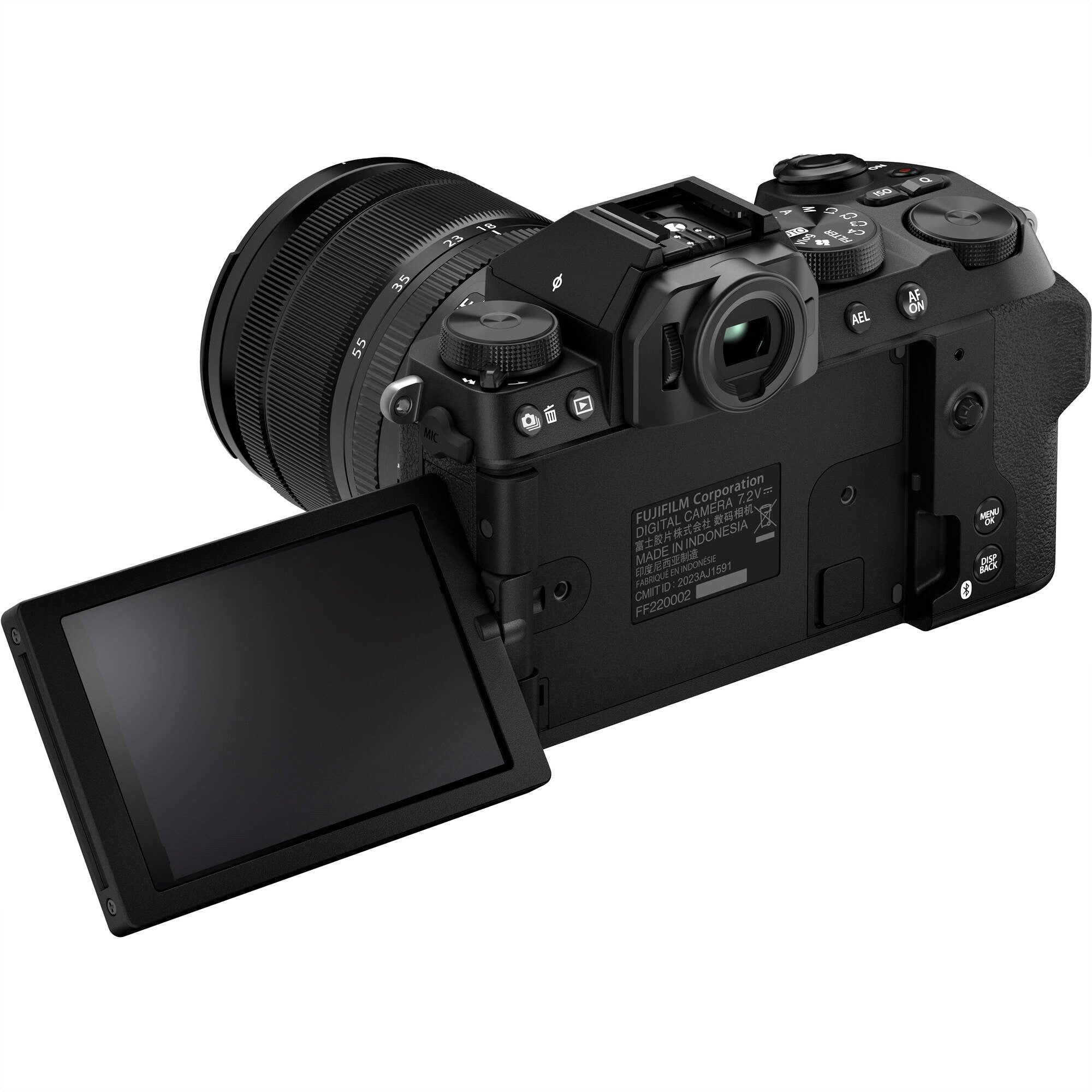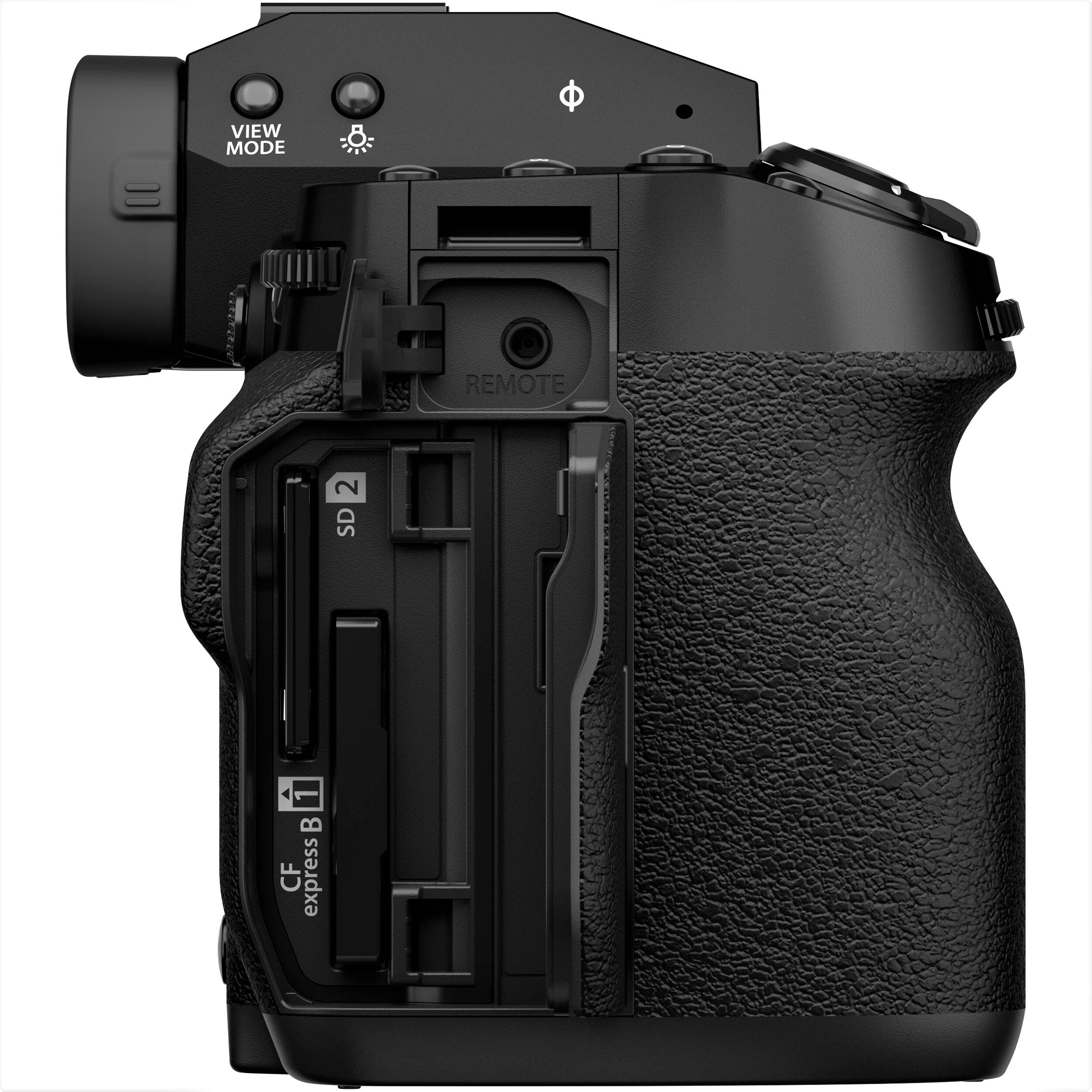The Art of Viewpoint in Photography: A Comprehensive Guide
Photography is more than just taking pictures—it's telling stories without words. It captures feelings, freezes moments, and can even change the way people see the world. At the heart of great photography is something called "viewpoint." But what exactly is viewpoint, and why does it matter so much?
Think about it. Viewpoint means the angle you choose to shoot from. A low angle makes things seem big and important—think superheroes or towering buildings. Shoot from below, and suddenly your subject is powerful, bold, and dramatic. But shift to a high angle, and things change completely. Now your subject looks smaller, weaker, maybe even helpless.
Yet viewpoint isn't just about angles. It's also how you choose to tell your story. What do you want people to see and feel? Your personal beliefs, your emotions, your background—all of these shape the perspective you pick. Imagine taking a close-up shot of an elderly person's wrinkled hands. This simple image could tell a powerful story of wisdom, resilience, and life's journey.
Your choice of viewpoint can dramatically change how people react to your photos. Want to grab someone's attention? Try shooting from a weird angle. Or play with composition and framing. Challenge what people expect to see. Make them pause and think. Surprise them. Even everyday scenes can become exciting and new when seen from a different perspective.
Mastering viewpoint takes practice. It needs creativity and some basic skills—like choosing the right composition or lighting. The trick is to see stories everywhere, even in the simplest places. Just shifting your perspective a little bit can turn something ordinary into something amazing.
As photographers, we hold incredible power. We can shape how people see and understand the world around them. Every choice we make—angle, framing, lighting—helps create images that speak louder than words. By playing with viewpoints, we make our photos more interesting, more emotional, and way more memorable.
What Is Viewpoint Photography?

Viewpoint photography isn't just about where you put your camera. It's about telling a story—shaping feelings, emotions, and ideas. Angle matters, but it's more than technical; it's your voice as an artist.
Different viewpoints stir different emotions. Think of looking down from high above—a bird’s-eye view. It feels distant, detached, like you're watching life unfold from afar. Filmmakers love this angle to suggest fate or destiny. On the other hand, getting down low, using a worm’s-eye view, makes everyday things look huge, powerful—even intimidating.
Imagine a simple street. If you shoot it at eye-level, it looks normal, bustling, busy—just daily life. But switch to a viewpoint behind a rainy window, and suddenly the same street tells a different story: loneliness, isolation, or quiet reflection. A slight shift makes a big emotional difference.
But viewpoint photography isn't just physical; it's emotional, too. Imagine seeing through a child's eyes. Your camera goes lower. Suddenly you're noticing things most adults ignore—tiny flowers, interesting cracks in the sidewalk, curious creatures scurrying by. You're capturing wonder, innocence, curiosity.
So, if you want better photos, experiment with angles. Get weird. Climb high, crouch low, peek around corners. Challenge yourself to find new perspectives on familiar scenes. Not only will this spice up your creativity, it'll also pull viewers deeper into your images, making them stop, think, and feel.
In short, viewpoint photography is more than clicking pictures. It’s about showing the world differently. It's storytelling without words. Every angle is a fresh invitation to see reality through your eyes.
-
Perspective and Depth Perception: Changing the viewpoint can dramatically alter the spatial relationships within a photo. For instance, a low angle can make a simple building tower like a skyscraper, giving it an imposing feel. On the other hand, a high angle might shrink the scene into a more abstract, map-like view, offering a comprehensive overhead perspective. These techniques are crucial in both architectural and portrait photography, where the play between foreground and background can dramatically evoke feelings of power or humility.
-
Composition Dynamics: How a photographer chooses their viewpoint impacts the composition of their shot. From above, you might see hidden patterns and order in a bustling street scene, turning chaos into a structured array of human activity. From below, the scene feels more immersive, as if you're part of the setting itself.
-
Crafting the Narrative: Different angles tell different stories. An aerial view of a market might show the market as a whole organism, while a street-level view focuses on the personal interactions of buyers and sellers, giving a peek into the everyday lives of individuals. Each change in viewpoint offers new storytelling possibilities, highlighting different aspects of the scene and guiding the viewer's emotional journey.
-
Emotional Resonance: The emotional impact of a photo is greatly influenced by its viewpoint. Shooting from below can make a subject look more formidable, evoking awe or fear. Conversely, shooting from above can make the subject seem smaller and more isolated. Through careful selection of viewpoint, photographers can subtly affect how the viewer feels about the image.
Mastering viewpoint techniques allows photographers to enhance the appeal of their images and engage viewers more deeply.
By experimenting with different viewpoints, photographers refine their artistic expression and expand their ability to convey complex emotional and narrative stories through their work.
What are the types of viewpoints in photography?
In photography, viewpoints refer to the various angles and perspectives from which a subject can be captured. Different viewpoints can dramatically alter the composition, mood, and story of an image. Here are the primary types of viewpoints in photography:
- The Classic Eye Level: When we converse with someone, we typically do so at eye level. It's familiar, comfortable, and neutral. In photography, an eye-level viewpoint offers a straightforward perspective, one that mirrors our everyday interactions. It's relatable and easy for viewers to connect with. But while it's the most common viewpoint, it's just the tip of the iceberg.
- Looking Down: The High Viewpoint: Imagine being on top of a skyscraper, looking down at the bustling city below. This bird's-eye view offers a sense of scale, making subjects appear smaller and less significant. It's a viewpoint that provides an overview, often revealing patterns and structures that go unnoticed from the ground. From this vantage point, a crowded market transforms into a mosaic of colorful umbrellas, and a winding river becomes a shimmering ribbon weaving through the landscape.
- Looking Up: The Low Viewpoint: Now, picture yourself lying on the grass, gazing up at a towering monument. This worm's-eye view can make subjects seem grand, dominant, even majestic. It's a perspective that emphasizes height and grandeur. A child playing in the park can appear as a giant against the backdrop of the sky, and an ordinary building can take on the aura of a grand castle.
- The Side and Oblique Angles: Moving away from the vertical axis, we have side viewpoints and oblique angles. A side viewpoint, as the name suggests, captures the subject from the side, offering a profile view. It's a fresh perspective, revealing details hidden from the front. On the other hand, an oblique or canted angle, where the camera is deliberately tilted, introduces a sense of imbalance. It's edgy, dynamic, and often used in cinema to depict tension or disorientation.
- The Intimate Close-up: Sometimes, beauty lies in the details. A close-up viewpoint allows photographers to focus on the intricacies, textures, and emotions of a subject. The dewdrops on a flower petal, the intricate patterns in a butterfly's wings, or the deep reflections in someone's eyes – a close-up viewpoint brings these details to the forefront, making the ordinary extraordinary.
- The Panoramic Distant View: One of the most powerful aspects of point of view is its ability to challenge perceptions and norms. Through their point of view, photographers can present alternative perspectives, question stereotypes, and break conventions. It's a tool for reflection, introspection, and even social change.
- Over-the-Shoulder: Commonly used in film and portraits, this viewpoint captures the subject from behind another person's shoulder, creating a sense of depth and perspective.
- Dutch Angle: Similar to the canted angle, the Dutch angle tilts the camera off to the side, but it's more pronounced and is used to convey a sense of disorientation or tension.
Each viewpoint offers a unique perspective and can be used to convey different emotions, stories, or themes in photography. The choice of viewpoint is a crucial compositional tool for photographers, allowing them to shape the narrative and impact of their images.
Why is Point of View Important in Photography?

- Personal Expression and Voice: Every photographer, whether amateur or professional, brings a unique set of experiences, beliefs, and emotions to the table. The point of view is the manifestation of these personal elements. It's how a photographer chooses to see and present the world. Two photographers can capture the same scene, but their points of view can make each image distinct and individual.
- Emotional Connection: A strong point of view can evoke emotions, stir memories, and provoke thoughts. It's the difference between a photograph that merely documents a scene and one that resonates with the viewer on a deeper level. By infusing their point of view, photographers can create images that connect, inspire, and move their audience.
- Storytelling and Narrative: Photography is a visual storytelling medium. The point of view shapes the narrative of an image. It dictates what elements are emphasized, what details are highlighted, and what message is conveyed. A well-defined point of view can turn a simple photograph into a compelling story, drawing the viewer into the world created by the photographer.
- Adding Depth and Dimension: A photograph is a two-dimensional representation of a three-dimensional world. The point of view can add depth and dimension to an image, transforming it from a flat capture to a dynamic representation. It's about looking beyond the obvious and finding layers, nuances, and subtleties in a scene.
- Challenging Perceptions: One of the most powerful aspects of point of view is its ability to challenge perceptions and norms. Through their point of view, photographers can present alternative perspectives, question stereotypes, and break conventions. It's a tool for reflection, introspection, and even social change.
The Emotional Impact of Viewpoint
Photography is more than just taking pictures. It’s about feeling something. One of the best ways photographers create emotion is by changing the viewpoint. This isn’t just where you put the camera; it's how you tell the story.
Think about looking up from the ground. Everything feels bigger, more impressive. Take a tree, for example. Normally, it's just a tree. But when you get down low and shoot upwards, it becomes a giant, a powerful presence. Nature photographers love this trick. It makes viewers feel awe and respect.
Now, switch things up. Go high—really high. Shooting from above makes things look different, more distant. Like you're watching from the clouds. In cities, this viewpoint shows busy streets as patterns. People and cars look tiny, like toys. It creates feelings of loneliness or power. You're above it all, seeing the whole scene at once.
But viewpoints can do even more. Face something straight-on, and suddenly it’s simple and clear. Perfect for portraits. You feel connected, eye-to-eye. Change the angle, tilt the camera, and things get exciting. Sports and dance photos use these tilted viewpoints a lot. They make you feel action, movement, even chaos.
Photographers use viewpoint like a storyteller uses words. They decide how you feel about what you see. A low angle makes things grand. A high angle makes things distant. A direct view feels honest. A tilted view feels exciting.
In short, viewpoint isn’t just about good-looking photos. It's about making you feel something. It's about taking a viewer from just looking at a picture to actually feeling the moment. Good photographers don’t just show you the world—they make you part of it.
Recommended Gear for Viewpoint Mastery:
Fujifilm X-T5 Mirrorless Camera

For people who love photography and want to see things differently, the Fujifilm X-T5 Mirrorless Camera is a great pick. It’s small but powerful. Easy to carry around, perfect for adventures.
But this camera isn’t just handy—it's special. Fujifilm mixes classic style with modern tech, creating something unique. It’s light. Compact. Yet surprisingly tough. Want to climb a mountain for that perfect shot? Or maybe squeeze into a narrow city street? The X-T5 can go anywhere.
Picture quality is another big win. Fujifilm knows color. The images from this camera look bright, detailed, and real. Imagine capturing sunrise colors softly glowing or city lights sparkling clearly at night. Every photo feels alive.
Now, let’s talk about why photographers love this camera: its helpful features. The autofocus? Fast. Really fast. It locks onto moving subjects with ease—even in tricky lighting. And the electronic viewfinder gives instant feedback, helping you frame the perfect shot without guessing.
Editing fans have reasons to smile, too. The camera shoots RAW images with lots of detail, which means you can play around and make your photos exactly how you like them. Darker? Brighter? More dramatic? No problem.
In short, the Fujifilm X-T5 isn't just another camera. It's your partner. It helps tell your stories through beautiful pictures. Whether you're a pro photographer expanding your skills or just starting out on your photography journey, the X-T5 is ready to inspire you—shot after amazing shot.
Look into the world of viewpoint photography with the Fujifilm X-T5. Grab yours now!
Best Lens For Viewpoint Photography
The Fujifilm XF 35mm F1.4 R Lens
When it comes to viewpoint photography, the lens you choose can significantly impact how your vision is captured and conveyed. The Fujifilm XF 35mm F1.4 R Lens stands out as an exemplary choice for photographers seeking to express their unique perspective with clarity and artistic flair.
This lens offers an ideal focal length that closely mimics the natural human field of vision, ensuring that your photos resonate with viewers on a personal level. Its wide f/1.4 aperture allows for superb low-light performance and stunningly shallow depth of field. This means you can isolate your subject beautifully, making it pop against a softly blurred background that truly accentuates the story or emotion you wish to convey.
Whether you’re capturing the subtle interplay of light and shadow in a bustling cityscape or the intimate details of a quiet, personal moment, the Fujifilm XF 35mm F1.4 R Lens delivers with exceptional precision and versatility. The results? Images that are not only sharp and richly detailed but also imbued with a sense of depth and perspective that draws viewers into the scene.
Embrace the power of viewpoint photography with a lens that helps your creativity flourish. Perfect for both aspiring and seasoned photographers, the Fujifilm XF 35mm F1.4 R Lens ensures that every shot is not just seen, but felt.
Curious to see how this lens can transform your photography? Explore more and consider making it your next creative companion. Click here to view the Fujifilm XF 35mm F1.4 R Lens and start capturing the world through your unique lens!
Experimentation is Key
In the vibrant tapestry of photography, the only constant is change and innovation. This dynamic art form thrives not just on the technical mastery of its tools and techniques but more profoundly on the personal vision and creative bravery of the photographer. Here, the conventional rules serve not as constraints but as starting points from which to push boundaries and explore new horizons.
Understanding different photographic viewpoints and techniques is foundational. However, the essence of photography lies in transcending these basics to carve out a unique narrative. Each photograph tells a story, and the power of a truly compelling image lies in its ability to convey a perspective that is distinctly its own. This process of discovery requires not only an understanding of the rules but also the courage to deviate from them when necessary.
Experimentation is at the heart of photographic innovation. It might mean using unconventional angles, playing with blurred motion, or even integrating mixed media. Take, for instance, the technique of intentional camera movement (ICM), where photographers deliberately move their camera while taking a shot to create an abstract texture. This method defies traditional norms focused on sharpness and precision, offering instead a canvas where colors and shapes blend to evoke emotions and atmospheres that static images might not capture.
Similarly, the exploration of light and shadow in unexpected ways can transform the mundane into the sublime. The interplay of light not only illuminates but also sculpts and defines the subject, creating a dance of clarity and mystery that can elevate a simple scene into a moment of profound impact.
For those venturing into the world of photography, remember that your most powerful tool is your unique perspective. The technical aspects of photography are critical—they're the language through which you express your vision. Yet, it's your individual interpretation of the world, your personal experiences, and your emotions that will imbue your work with depth and resonance.
Embrace the freedom that photography affords by experimenting boldly and continuously seeking new ways to see the world. Your journey through photography is not just about capturing what you see; it's about sharing how you see it. This personal imprint is what distinguishes a mere photograph from a story captured in time, a piece of art that speaks to the viewer and remains memorable long after the moment has passed.
In Conclusion
Viewpoint is more than just a technical aspect of photography; it's a storyteller, an emotion-evoker, and a game-changer. It's the difference between a snapshot and a masterpiece. So, the next time you're out with your camera, challenge yourself.
Change your angle, shift your position, and see the world from a new viewpoint. You might just discover a story waiting to be told.
Visit to Nuzira to learn more about Viewpoint in Photography!





